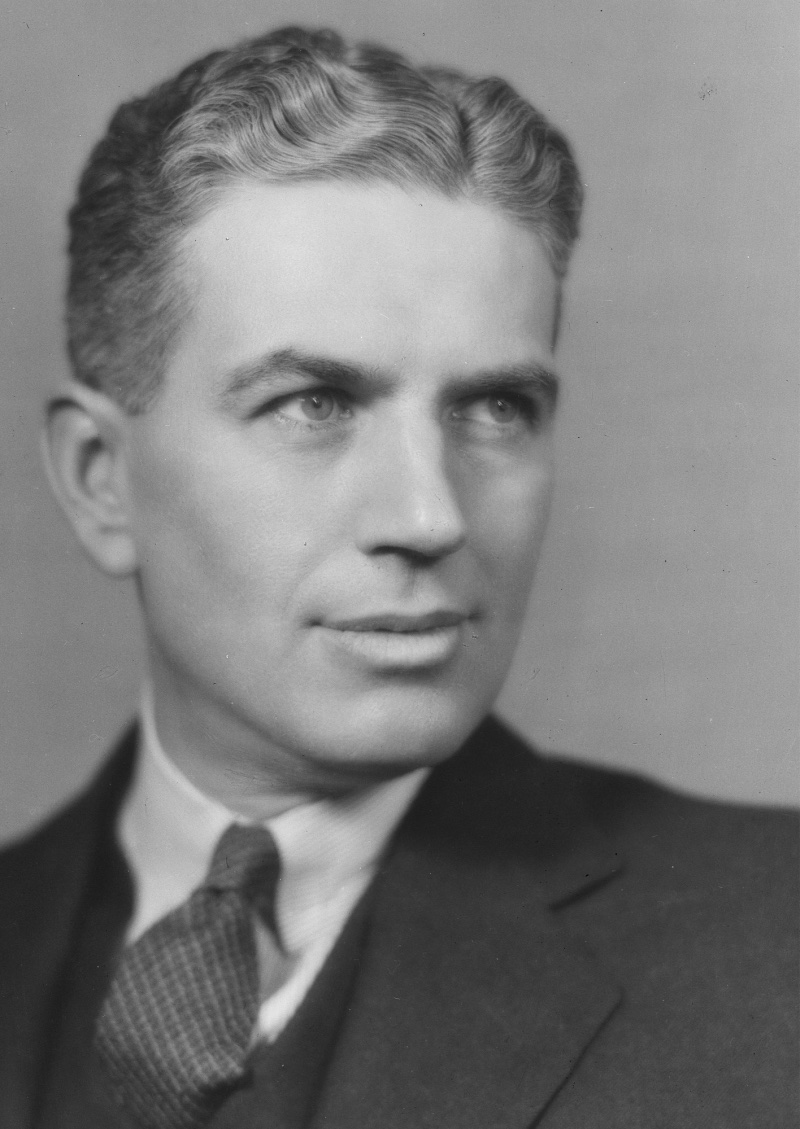Bringing the message home.

Roy Emerson Stryker
FDR’s cousin Teddy Roosevelt saw to it that through Jacob Riis’s pictures of the poor of New York the awful poverty of the lower classes was brought into Americans’ homes. FDR did something similar in appointing Roy Stryker, a Columbia trained economist and amateur photographer, to head the Farm Security Administration in 1935. The goal was to document and expose the plight of the poor in ‘fly over country’ to the affluent, coastal masses, and Stryker did so with aplomb.
The photographers he hired to execute this massive task read like a who’s who of the best reportage picture makers of the era: Dorothea Lange, Arthur Rothstein, Walker Evans, Ben Shahn, John Vachon, Marion Post Wolcott, Russell Lee, Jack Delano (no relation to FDR), Gordon Parks, John Collier and Carl Mydans. Each went on to fame and fortune and if I was forced to make choices I would have to single out Dorothea Lange and Marion Post Wolcott.
In the same way that a pre-television age saw FDR come into Americans’ living rooms through the medium of his Fireside Chats on the radio, the work of Stryker’s team of photographers brought the images of the Depression into their homes along with the daily paper. FDR never managed to turn the economy around from the Great Depression which arguably started with the Wall Street crash of 1929 but he showed that he was trying mightily hard. The Japanese solved the problem, putting Americans back to work on December 7, 1941. It was called Pearl Harbor and the economy took off on the back of government military spending that the isolationists had prevented for over a decade. Yes, they were Republicans, as cruel and grasping then as now.
The FSA was eventually folded into the War Department and Stryker moved on. But his accomplishment remains one of the most fertile in documentary photography.